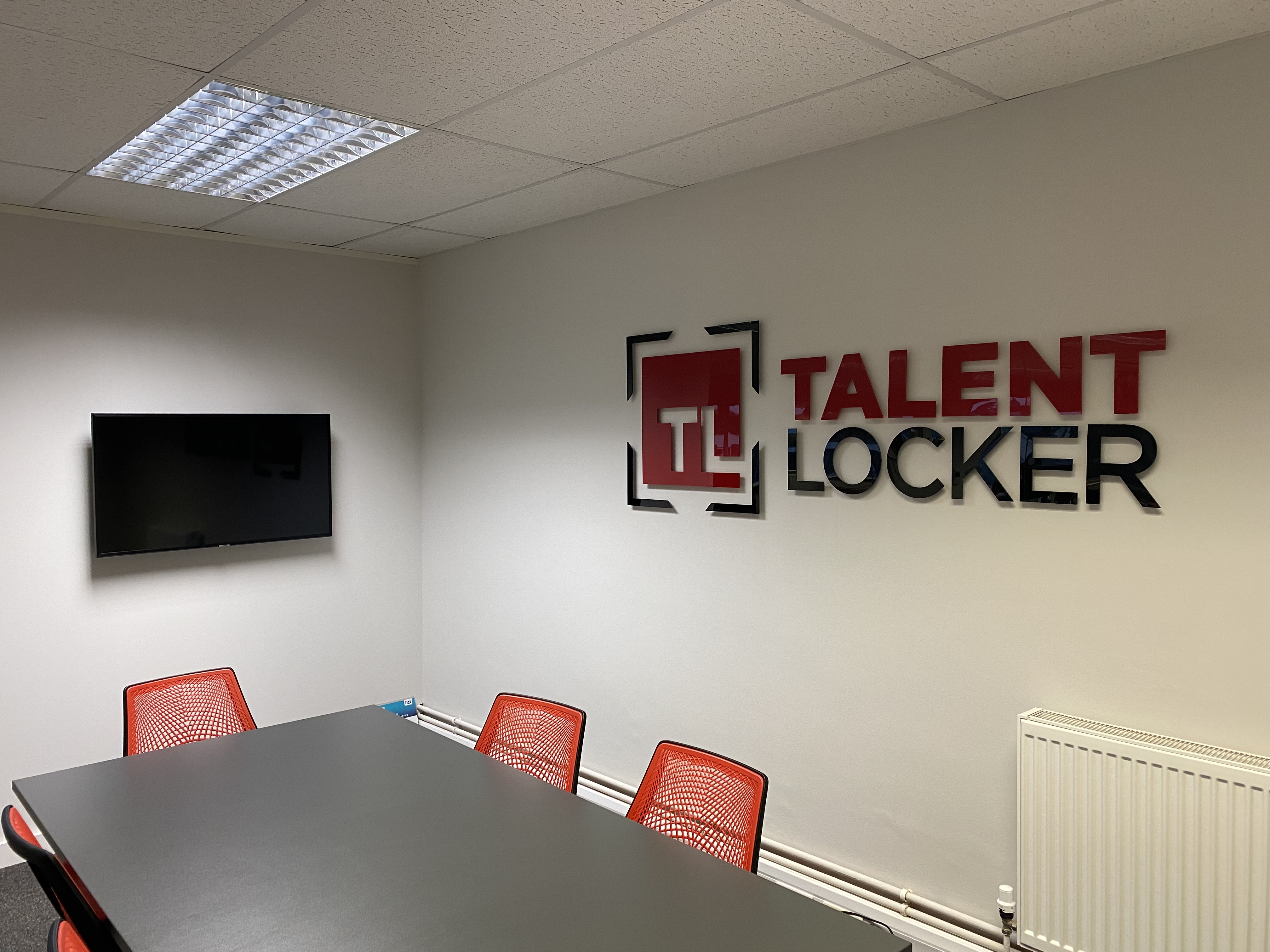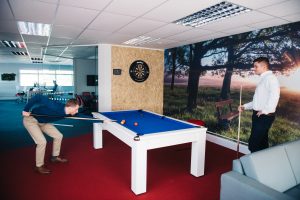
Successful businesses don’t just portray themselves externally as they would like to be seen. They also live, think and breathe the company brand and vision through the company culture. Increasingly it is being recognised that there are direct links between how your brand and your culture. If you actively build your brand, it is important to recognise the impact it will have on your culture as a result.
The same goes for your office. Its design can have a significant impact on your ability to attract and retain great candidates. Getting things right from the get-go can also influence the engagement, productivity and efficiency of your team.
Individual organisational culture
Every organisation has a unique culture, usually defined by a mission statement or set of values. Your company culture will be the primary influence in determining the way in which the business interacts with others. Both internal and external stakeholders will experience the company culture and then determine the relationship they want with the business as a result.
Studies have indicated that offices that are aligned to the company culture result in a happier and more productive workforce. The reverse is also true. A poor working environment, or even one which is simply out of kilter with your company culture, can create confusion and impact efficiency and commitment.
Check out our blog here on what makes a 'good' organisational culture.
Employee motivation
Companies that are seen to be leaders in this area such as Amazon, Google and Unilever have demonstrated that an environment that is aligned to business culture can influence employee engagement and commitment. Unilever worked extensively with an expert workplace consultancy called CBRE. They knew the importance on getting such fundamental aspects of their business right. With an understanding that the office environment has a significant impact on employee morale international. In turn, that makes a direct impact on the success of the business.
The modern workforce tends to look for a broader range of qualities in their employers and are as likely to leave their jobs through a lack of engagement as they would be to seek promotion. We’ve found that employees tend to favour flexible working over any other benefit. So this should be central to your planning when it comes to designing your workspace. The importance of these details cannot be underestimated and one of the most significant details for many people is the office environment they will be working in.
Increasingly, having an agile working environment is being recognised as an important way of promoting creativity and innovation. Employees of any generation working in a great environment feel valued, perform better and are likely to stay with an organisation for longer.
Other benefits
Creating an agile environment can also improve workspace utilisation, saving on costly office rents in prime locations. By making better use of space and allowing the flexibility to accommodate remote workers when visiting, your employees are able to work more flexibly in line with the needs of themselves or the business. A thoughtfully designed space will also increase collaboration, enable more effective use of technology and can even reduce an organisation’s carbon footprint.
All these benefits boost the employee experience and add to the feeling that an organisation values its employees.
How to restructure your office environment
 In many cases, an office move or restructure will prompt an office redesign. This is a great opportunity to examine how your current office space works for you and where it falls short. We took advantage of this opportunity ourselves when we moved to Chandlers Ford. We decided to work with a specialist team to ensure we had an awesome place to work from which helps breed a successful culture at Talent Locker. It is important to recognise what you want to achieve and deliver that through your choices. We picked the key aspects of our vision and took the time to analyse how the space could reflect those choices as a business.
In many cases, an office move or restructure will prompt an office redesign. This is a great opportunity to examine how your current office space works for you and where it falls short. We took advantage of this opportunity ourselves when we moved to Chandlers Ford. We decided to work with a specialist team to ensure we had an awesome place to work from which helps breed a successful culture at Talent Locker. It is important to recognise what you want to achieve and deliver that through your choices. We picked the key aspects of our vision and took the time to analyse how the space could reflect those choices as a business.
A culture of high performance and efficiency will need a different perspective and feel to one of nurturing, consultation and shared values. Defining how the space should feel will help to determine how the office layout is planned and ultimately used. A great design will ensure that it works for the organisation and not against it.
The core aspects of any office are seating, meeting spaces etc. However it makes sense to build in attributes that will deliver additional benefits for your employees. Remember to cater for the overall happiness and not just the functional needs of an employee. You can make a much bigger impact on morale by simply focusing on these aspects during the design phase.
It is very easy to just do the basics and simply throw a few old desks into any old office. However more companies are realising that this will cost them more in the longer term. This could be due to a loss of productivity or even staff attrition.
Putting it all into practice
Consideration should also be given to the way in which different teams within the organisation need to operate. Some teams such as those dealing with legal matters will need privacy for reasons of confidentiality. Others, such as marketing and sales teams, will thrive in an open environment where collaboration becomes inherent. The important thing is to recognise when spaces can be made flexible. Could your office house a large team meeting but then revert quickly and easily to other uses like huddle spaces?
A great office environment will meet all the practical needs of its occupants. It will also embrace technology, inspire those working within it and encourage creativity and efficiency.
Looking to improve your office space but can't find the talent to make it happen?
Get in touch with Workplace Recruitment Specialist James Saunders.
Recent Posts

